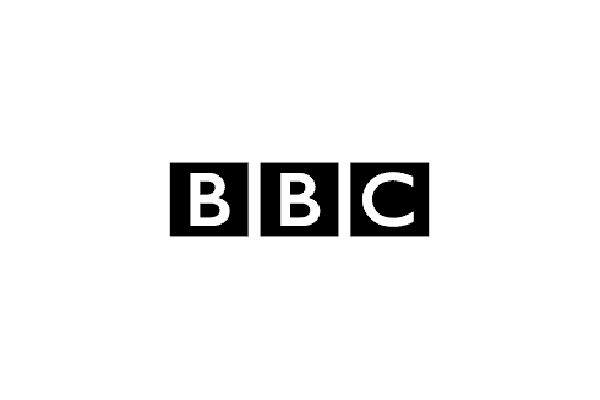This lets you pull as much or as little as you like from your pension fund in any given year. But taking too much, too soon could leave you with nothing at all later in life. Also, making big withdrawals could push you into a higher tax bracket, so you should only take what you need.
Your money stays invested, so the value of your savings can continue to grow. However, if the stock market falls and you need cash, you may crystallise those losses. If there's anything left in the fund after you die, this can currently be passed on to relatives free of inheritance tax. However, this will change from 6 April 2027.

















